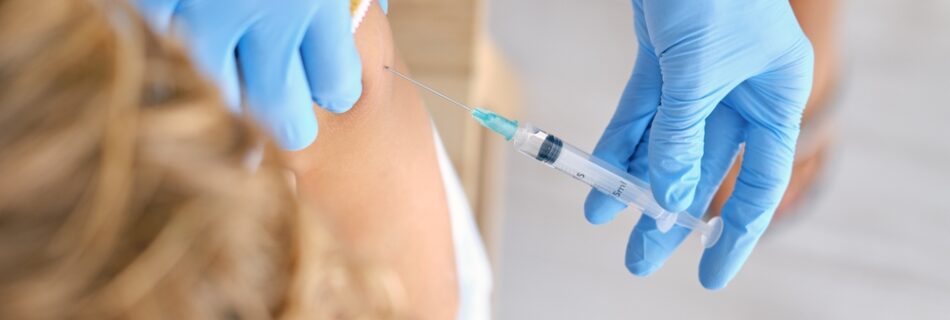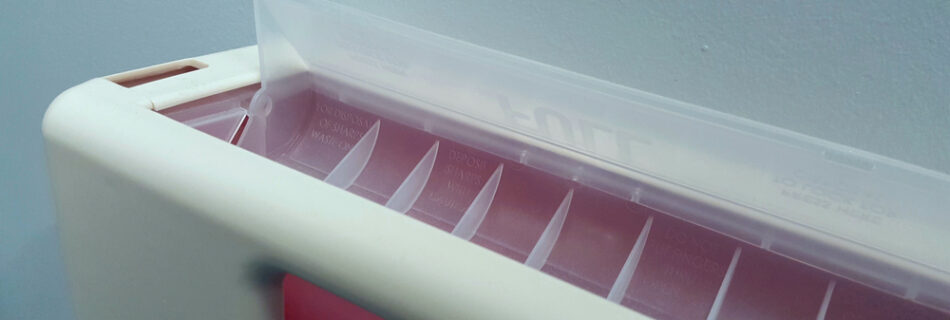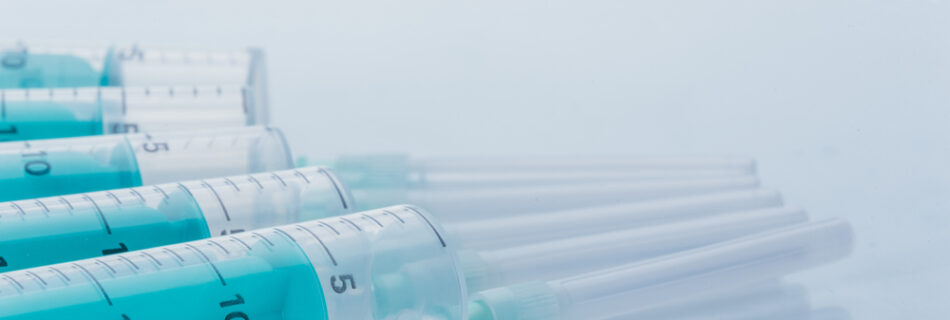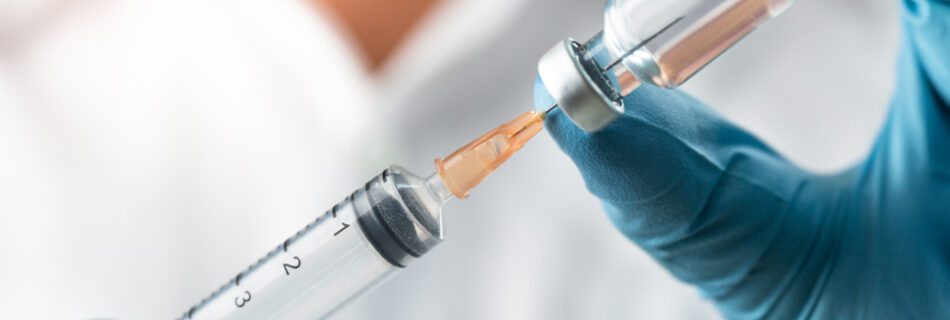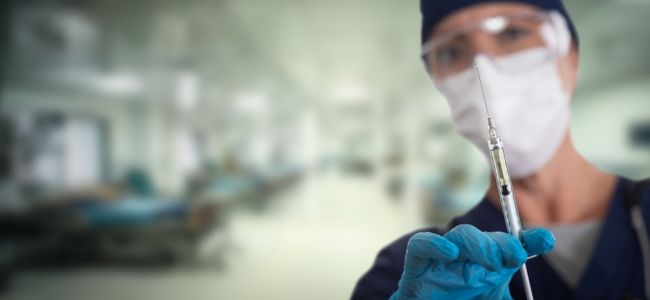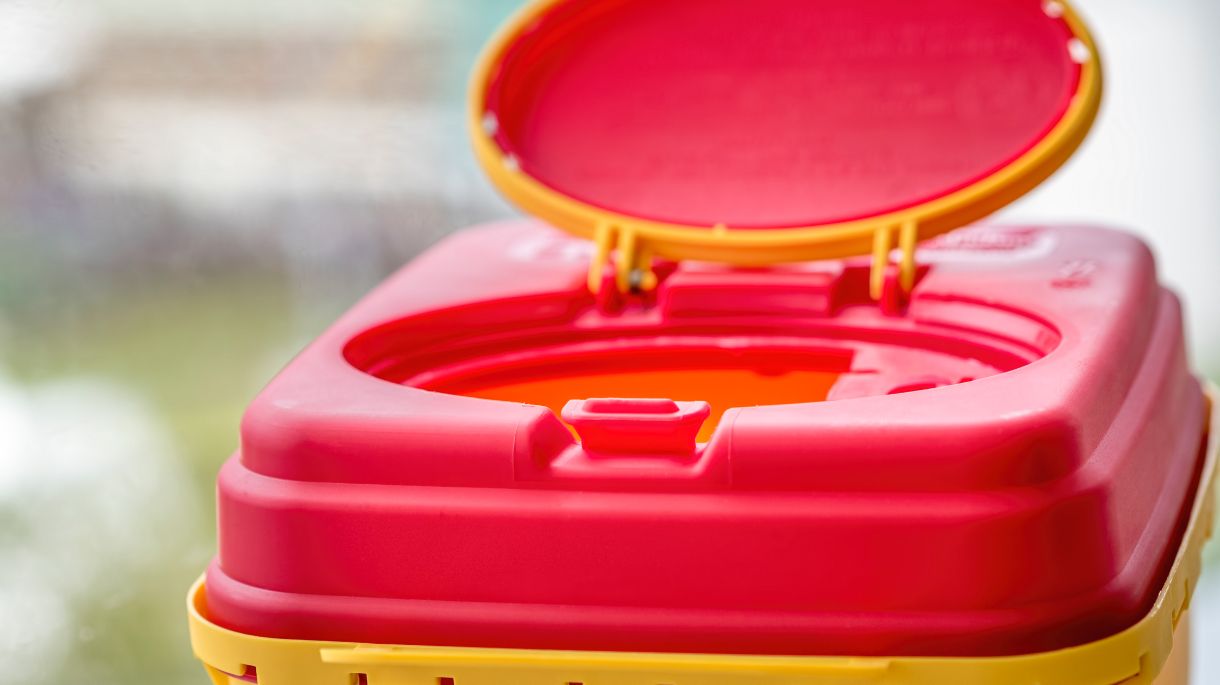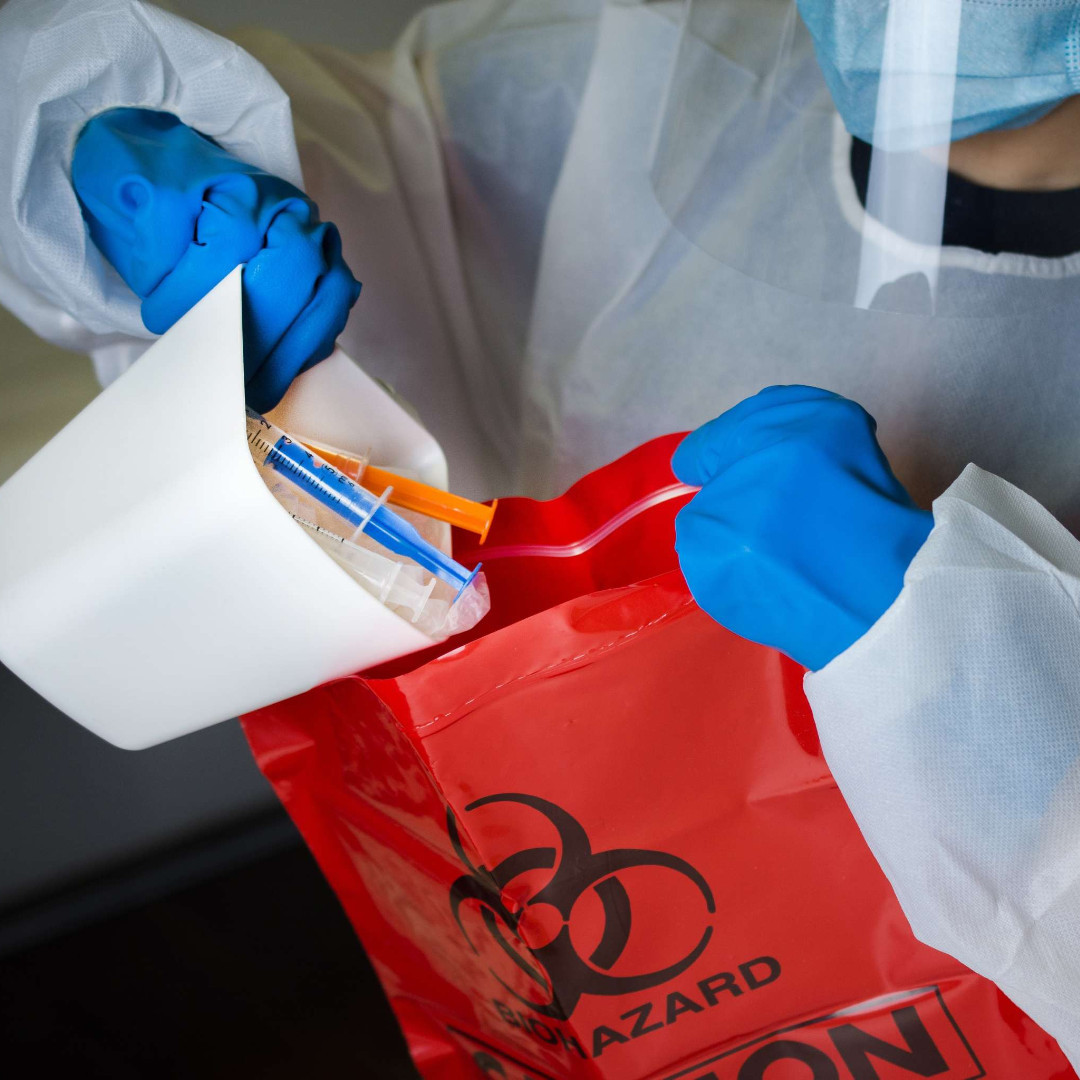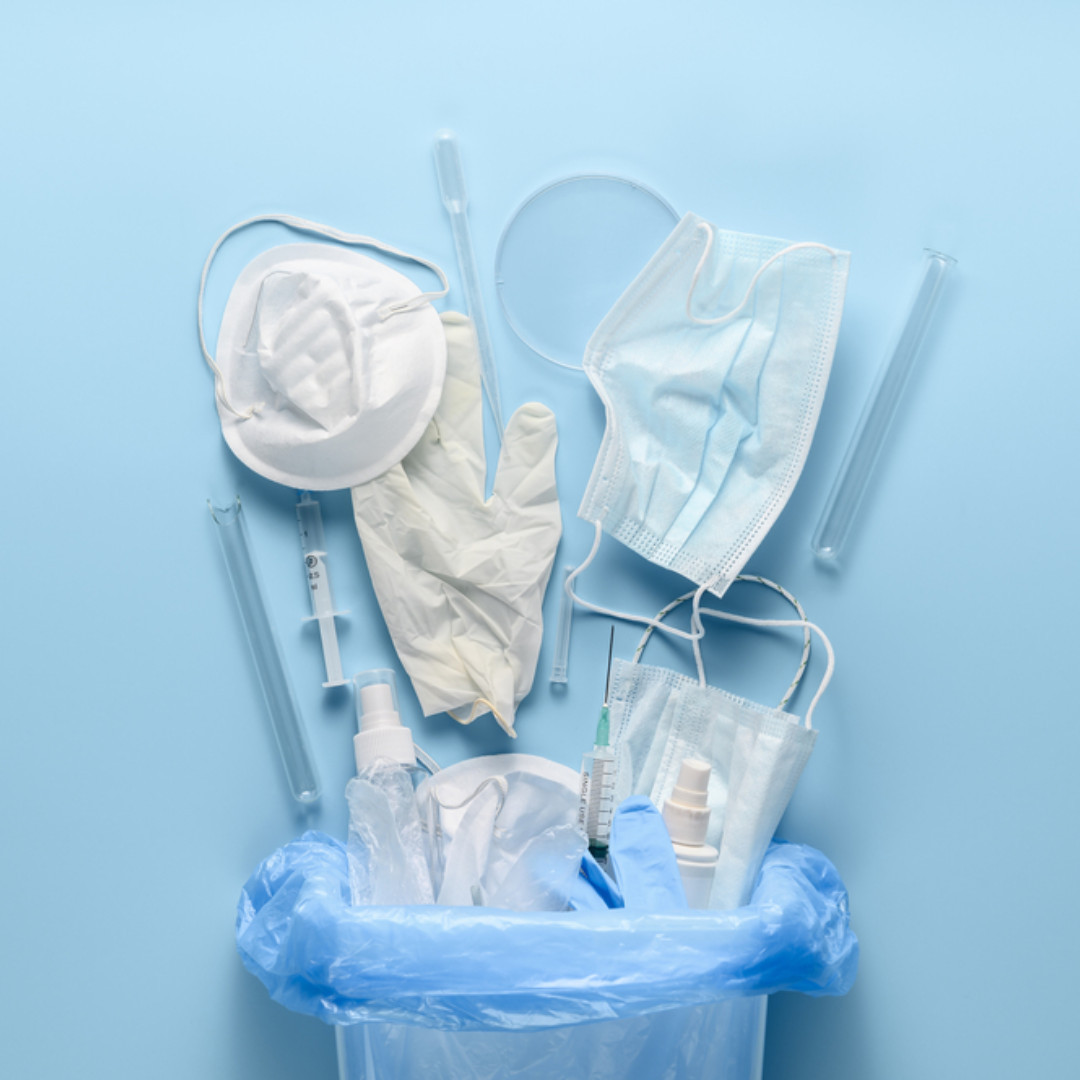Drug delivery device designers must consider patient capability in home environments rather than the typical devices engineered for healthcare professionals. Needlestick injuries have fallen 30% since implementation of the U.S. Needlestick Safety and Prevention Act (NSPA) in 2001, but sharps injuries still remain a major occupational hazard. Every year, hospital-based healthcare personnel endure 320,000 needlestick injuries and other sharps-related injuries, roughly 1,000 sharps injuries per day. And, as self-administration in non-clinical settings continues to climb, […]
Read MoreSafety & Compliance
Bloodborne Pathogens Training: Why It’s Important
Each year, it is estimated that there are approximately 3 million workplace exposures to bloodborne pathogens, risking employee health, not to mention costing employers millions of dollars. Despite this statistic, it is a common train of thought that bloodborne pathogens aren’t something people usually need to be worried about. While bloodborne pathogens can be deadly, they are not airborne or infectious through touch. Rather, bloodborne exposures are commonly due to accidental punctures in most work […]
Read MoreSharps Injuries: Are You Taking Your Risk Seriously?
When it comes to healthcare, the safety of both patients and healthcare workers is paramount. One often overlooked but critical aspect of healthcare safety is the proper disposal of sharps. Sharps injuries, which include needle sticks and cuts from other sharp medical instruments, can have serious consequences for everyone involved. As a responsible medical waste disposal company, Waste Medic is here to shed light on this important issue and help you understand why it’s crucial […]
Read MoreWhat to Do If You Experience a Sharps Injury
Per the CDC, a sharps injury is a penetrating stab wound from a needle, scalpel, or another sharp object that may result in exposure to blood or other body fluids. This can include scalpels, razors, needles, lancets, blades, broken glass or any other sharp implement. The CDC knows there are many needle sticks and sharps injuries that occur during a year in hospitals and healthcare facilities, with over half of them unreported. Most happen innocently, like when nurses […]
Read MoreImportance of Safe Working Conditions for Healthcare Workers
Healthcare organizations are recommended to develop a safety culture to promote both patient and occupational well-being. Safety culture is defined as the product of an individual and group values, perceptions, competencies, attitudes, and patterns of behavior that result in the commitment to, understanding, and proficiency of an organization’s health and safety management. Positive safety cultures are predicated on mutual trust and shared perceptions of the importance of safety as well as confidence in the efficacy […]
Read MoreNurses Experience Needlestick Injuries With Evenity Syringe Needle
The Institute for Safe Medication Practices (ISMP) has received multiple reports of potential and actual needlestick injuries involving romosozumab-aqqg (Evenity), risking the transmission of blood-borne pathogens such as hepatitis B virus (HBV), hepatitis C virus (HCV), or HIV to health care providers and patients. Romosozumab is indicated for the treatment of osteoporosis in patients who are intolerant of or have failed other available osteoporosis therapies and for postmenopausal women at high risk for fracture. The […]
Read MorePreventing Needlestick & Sharps Injuries in the Healthcare Industry
In healthcare settings, the safety and well-being of healthcare workers are paramount. One overlooked area of concern is the occurrence of needlestick and sharps injuries. These incidents, often a consequence of mishandling medical waste, pose a significant health risk to healthcare professionals. This comprehensive guide aims to provide a thorough understanding of needlestick and sharps injuries, their implications, and practical steps for their prevention. Understanding Needlestick & Sharps Injuries A needlestick injury is a percutaneous […]
Read MoreRising Demand for Chemotherapy Containers: Ensuring Safe and Effective Treatment
The rising demand for chemotherapy containers reflects the increasing prevalence of cancer and the growing need for safe and effective treatment options. Chemotherapy is a crucial component of cancer therapy, and the containers used to store and administer chemotherapy drugs play a vital role in ensuring the safety and efficacy of the treatment. Here are some key considerations to ensure safe and effective treatment with chemotherapy containers: Container Design and Materials: Chemotherapy containers should be […]
Read MoreOSHA Compliance in the Workplace
Workplace health and safety are top of mind for employers, especially after a recent incident at a Mars factory, where workers fell into a vat of chocolate. To prevent such accidents, it’s important for businesses to incorporate Occupational Safety and Health Administration (OSHA) compliance into the DNA of company operations and management — and to work with brokers, insurers and consultants to handle complex situations. OSHA compliance is a critical organizational element and its management […]
Read MoreEnvironmental Sustainability Innovation: Leading Companies in Sharps Disposal Containers & Medical Devices
The medical devices industry continues to be a hotbed of innovation, with activity driven by increased need for homecare, preventative treatments, early diagnosis, reducing patient recovery times and improving outcomes, as well as a growing importance in technologies, such as machine learning, augmented reality, 5G and digitization. In the last three years alone, there have been over 450,000 patents filed and granted in the medical devices industry, according to GlobalData’s report on Environment Sustainability in […]
Read More